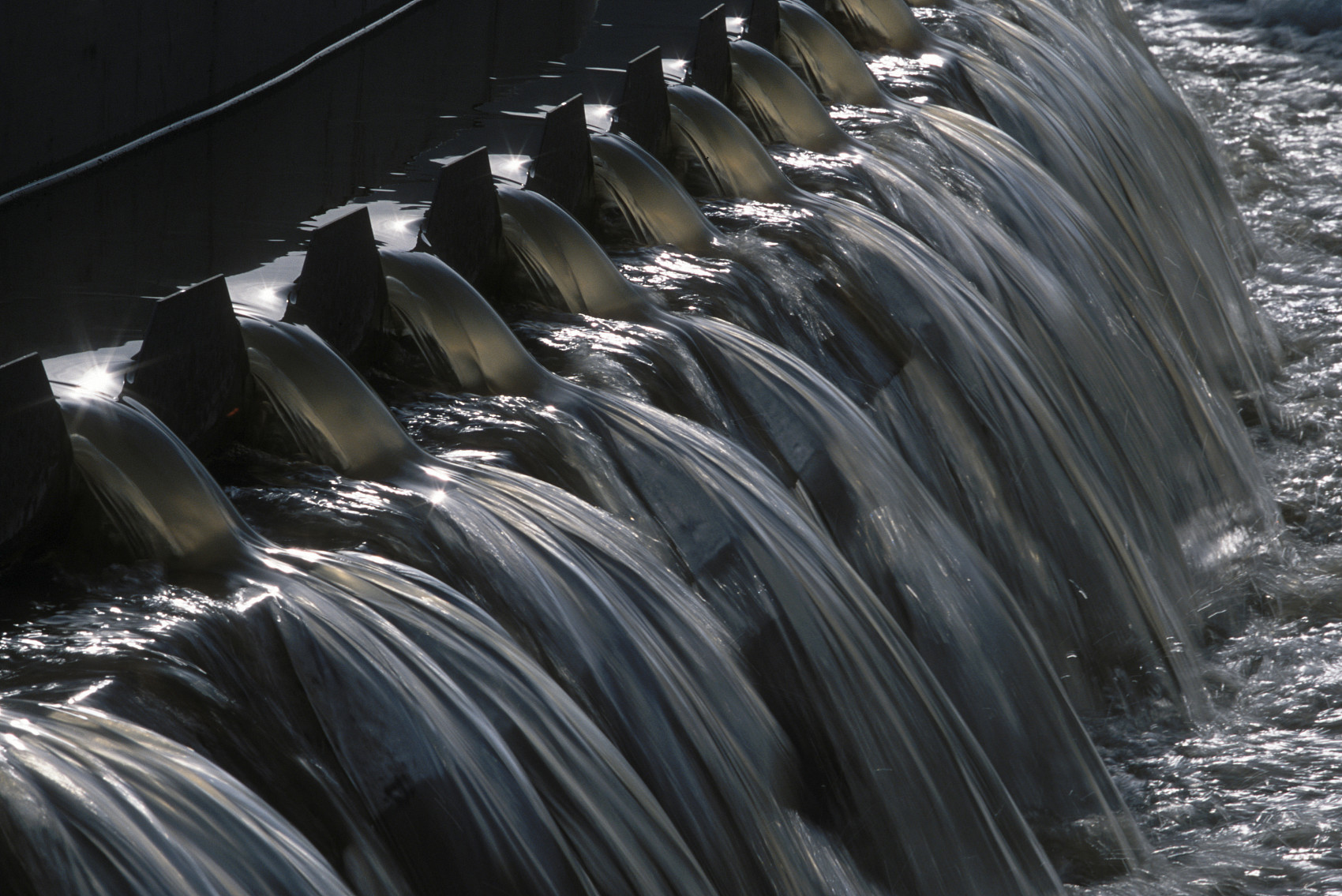
China's first home-grown industrial wastewater-cleaning system using electron beam irradiation could effectively dissolve pollutants in the environment and has the potential for use in a wide range of industries, Chinese experts said.
The new water-cleaning system was developed by China's largest nuclear power operator, the China General Nuclear Power Corporation (CGN), and Tsinghua University, Economic Daily reported on Tuesday.
Zhang Jianfeng, CGN's chief executive, said he saw this birth of a water cleaning system using electron beam irradiation as "a milestone in the field of industrial wastewater treatment both in China and worldwide."
Zhang made the remarks during a meeting on Monday with nine Chinese experts in the field of nuclear instrument applications and environmental protection.
Zhao Zhangyuan, a fellow researcher at the Chinese Environmental Sciences Research Academy, told the Global Times on Wednesday that the technology could largely dissolve pollutants in the environment for disposal treatment and could be applied to other industries as well.
There are many difficulties in the water cleaning process because wastewater can contain some complex chemicals that are not easily degraded and even after a certain amount of treatment they still continue to damage the environment, Zhao said.
Zhang emphasized that China owns the rights to this system and that it could have wider use for various pollutants and is more efficient than traditional sewage disposal methods, and this is an area the International Atomic Energy Agency (IAEA) considers a primary nuclear power research field in the 21st Century.
Scientists can use the electron beams to break up complex chemicals into smaller molecules that are easier to treat through normal biological processes, and can remove the wastewater color and odor if needed, according to an IAEA statement, which noted that this method won't make the water radioactive or leave any radioactive residue.
An electron beam pilot project for processing sewage was first tried in Jinhua, East China's Zhejiang Province in March, Zhang added, explaining that it can handle up to 5,000 tons of industrial sewage a day, especially wastewater in the printing and dyeing business.
In 2014, Chinese industries produced about 20 billion tons of wastewater, or 56 million tons a day. This means that about 600 electron beam irradiation systems, costing 10 billion yuan, would be needed to treat five percent of China's industrial wastewater.


